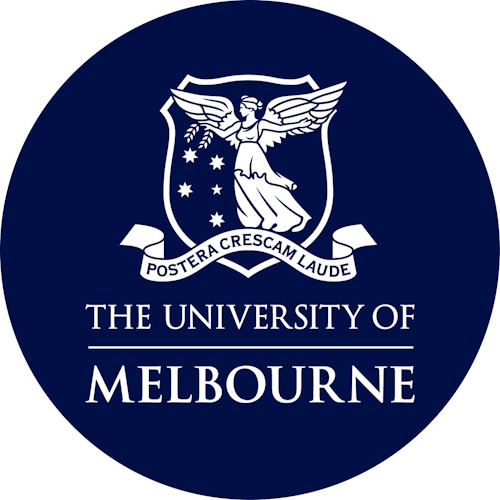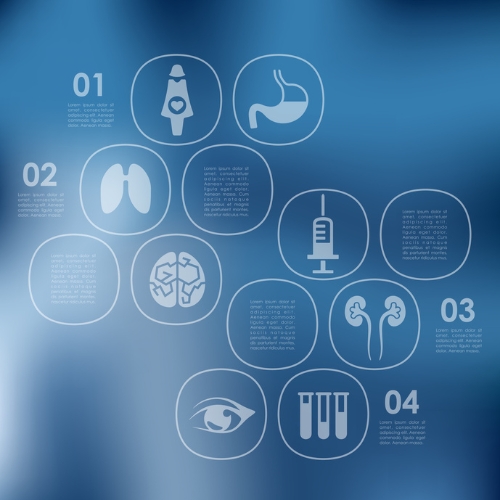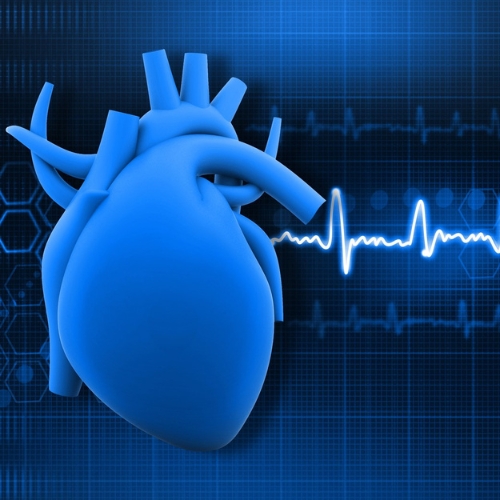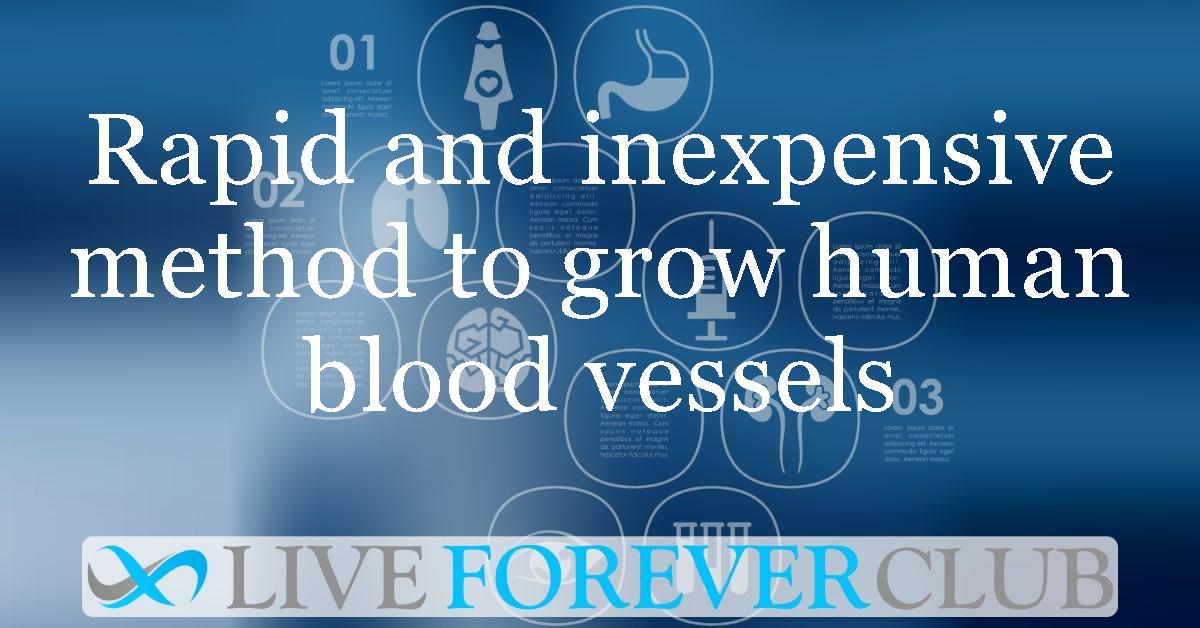Key points from article :
By combining multiple materials and fabrication technologies, scientists have developed a fast, inexpensive and scalable method for tissue engineering blood vessels.
These vessels replicate the complex geometry of native blood vessels.
Tubular shape for the blood vessel graft was created by electrospinning a layer of polymer fibres onto a mandrel.
Fibres along the length, or axis, of the tube were properly aligned using a freezing technique.
Endothelial cells on the tube are then grown create the inner layer of the vessel – the endothelium.
The cells spontaneously align with the fibres, generating a continuous, aligned endothelial cell layer.
This layer provides appropriate mechanical properties, enabling to be sutured to native blood vessels and preventing graft rupture.
A soft hydrogel layer around the electrospun fibres prevents leakage from our graft and also acts as a scaffold for muscle cells.
Electrospun polymer layer to degrade over time, yielding a fully biological blood vessel.
Work still needs to be done before these blood vessels can progress to the clinic.
In the future, these engineered blood vessels could be used to treat cardiovascular disease.
Study by University of Melbourne published in the journal ACS Applied Materials and Interfaces.







